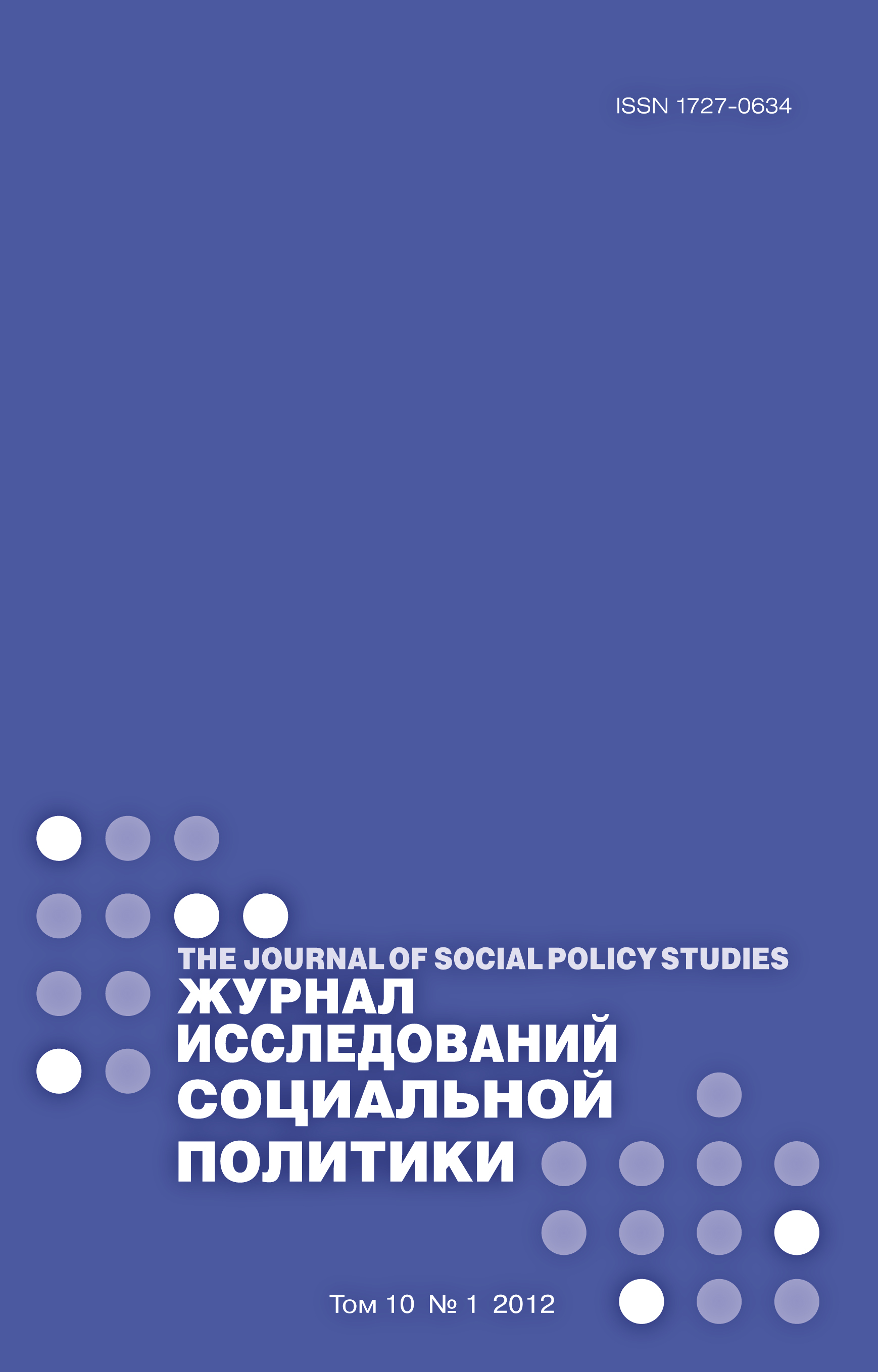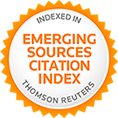Mapping of urban space availability: aspects of social inequality
Abstract
This article discusses the problem of social inequality as embodied by objects in urban spaces. Often, for citizens with disabilities, mobility around urban spaces is limited. Such problems can act as an illustration of social exclusion linked to the shortcomings of urban planning policies. Today, regional and federal programs designed to create more accessible urban spaces for the disabled represent a new dimension of social policy. Virtual mapping of cities allows for an analysis of how accessible physical spaces actually are, and thus represents a new sociological tool for understanding social inequality within the field of social policy and urban studies. Based on interviews with various groups, including people with disabilities, government specialists and students of design and architecture, this research focuses on the question of how virtual maps are experienced and how they might be used in the future. For example, individuals may use online maps to share information, access real time updates on events, decide if they are able to go to a particular park or even move to a particular district.
Research findings indicate the utility of virtual mapping not only as a tool for those with disabilities to negotiate the urban landscape, but for the non-disabled to gain information about the city, and a resource to draw the attention of governmental bodies towards issues that need attention in making the city friendly for all citizens. The authors discuss a range of opinions on the social effects of mapping urban environments. The study demonstrates the importance of creating accessibility maps, and emphasises their role in the reconstruction of urban design with the aim of studying and decreasing social exclusion. A new physical environment is perceived as having a significant impact on the development of social relations and communications in society. Conclusions indicate that creating an accessible, barrier-free environment may be helpful in achieving better social integration, overcoming discrimination and social exclusion in Russian cities.















